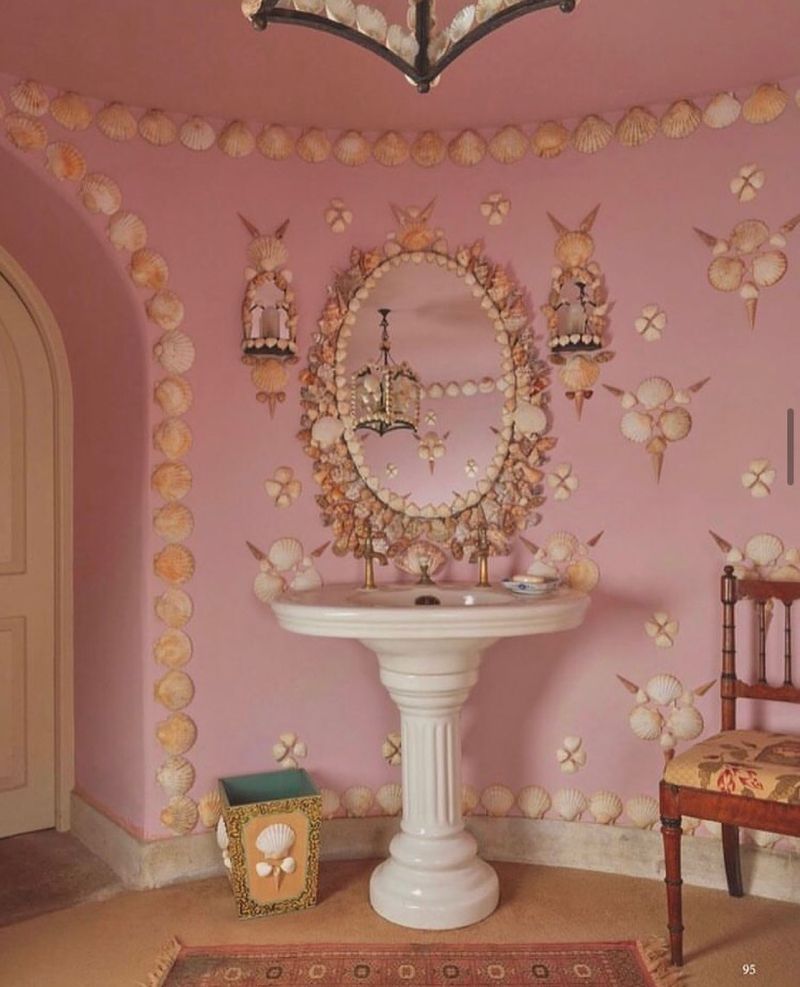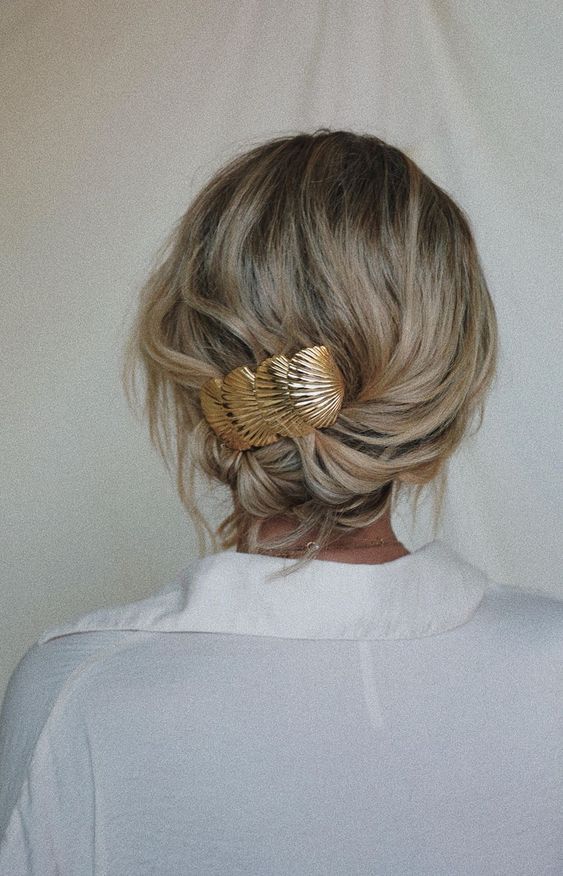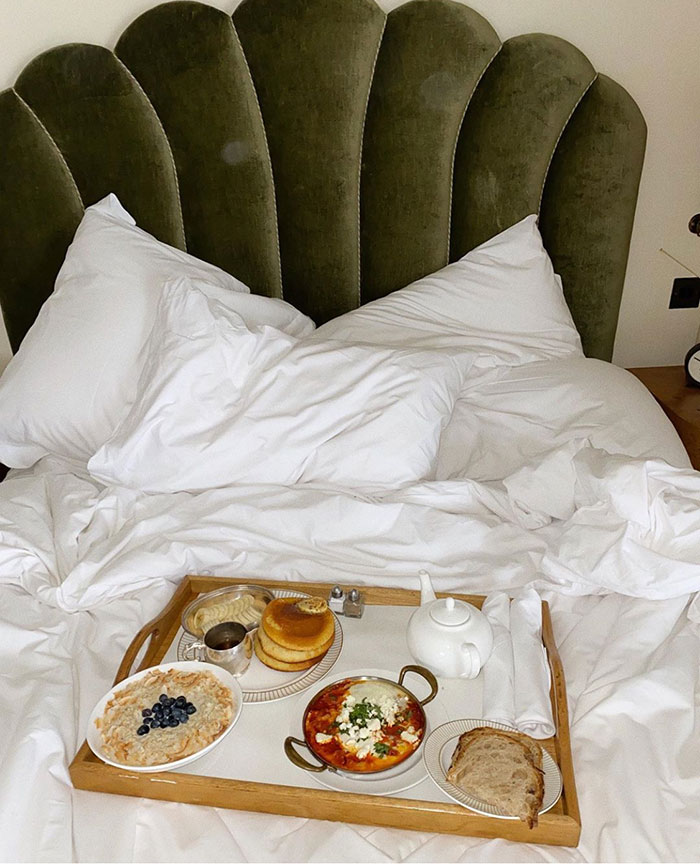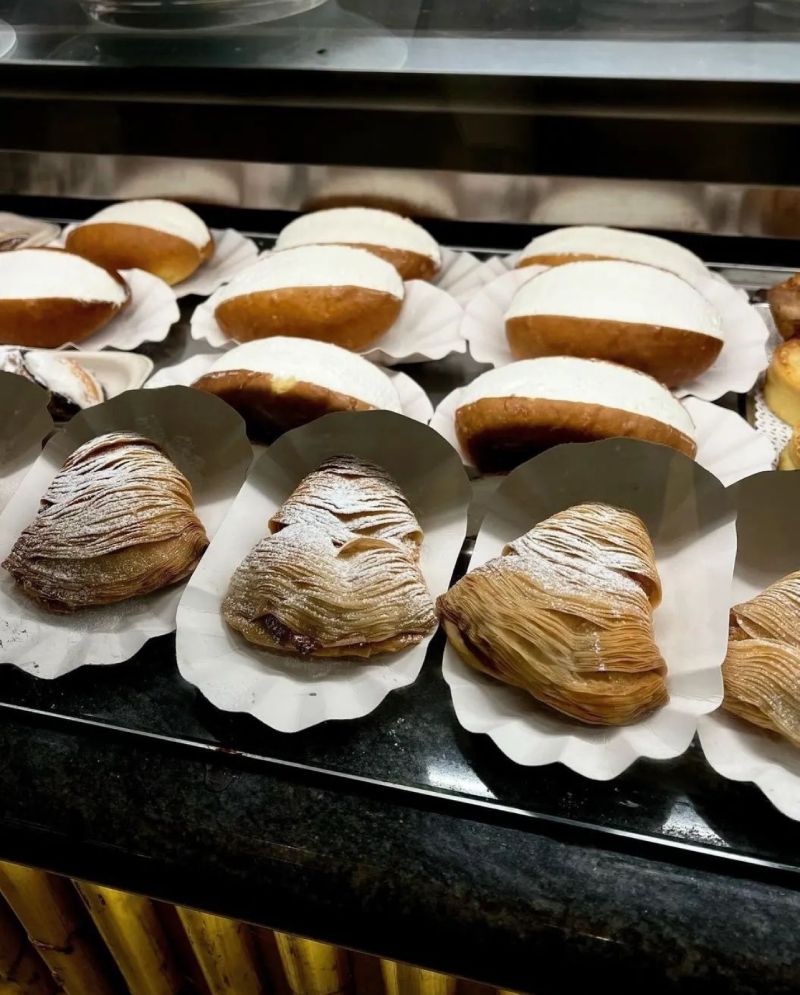
IT WAS THE shell-encrusted powder room (above) belonging to art dealer William Thuillier and lampshade maker Alvaro Picardo in Pimlico featured in the World Of Interiors that first caught our eye. Somehow, after that, we began seeing them everywhere. Seashells have been used in art and décor for centuries, dating back to ancient civilisations such as the Greeks and the Romans. Believed to symbolise purity and fertility, they were often used in religious art. The intricate designs and patterns found on seashells have long fascinated artists and designers, and their natural beauty has made them a popular decorative element throughout history. In ancient Greece, seashells were often used to decorate jewellery, pottery, and other objects. The goddess Aphrodite was often depicted holding a seashell, symbolising her association with the sea and its beauty. The use of seashells as decorative elements in ancient Greece was not limited to art and décor; seashells were also used in religious ceremonies and even as currency.
Top: photographed by James McDonald for World Of Interiors




In ancient Rome, seashells were used in mosaics and decorative stonework. The Roman god Neptune was often portrayed holding a trident and a seashell, symbolising his control over the sea. Seashells were also used as currency in ancient Rome, particularly the cowrie shell, which was imported from the Red Sea and Indian Ocean. During the Renaissance, seashells became a popular decorative element in both art and architecture. The intricate patterns and textures found on seashells were often replicated in marble and stone, creating beautiful and ornate designs. Seashells were also used to decorate furniture and other household items such as mirrors and picture frames.




During the Renaissance, seashells were incorporated into decorative arts such as sculpture, painting, and architecture. In particular, seashells were often used to decorate grottoes, which were popular garden features at the time. These grottoes were adorned with shells, coral, and other marine objects to create a naturalistic environment.
In the 18th century, seashells became a popular motif in Rococo art, a style which originated in France, and was characterised by its ornate and decorative qualities. Seashells were used in furniture, ceramics, and textiles, and were often paired with other natural motifs such as flowers and birds. During the Victorian era, seashells were used to decorate everything from picture frames to furniture. Seashells were particularly popular as decorative elements in the homes of wealthy collectors, who often displayed their collections of shells in glass cases.
* The Renaissance occurred from the 14th to the 17th centuries, and was a period of cultural and intellectual awakening in Europe, characterised by a renewed interest in the classical learning of ancient Greece and Rome, as well as advancements in the arts, science, and philosophy. The 18th century, also known as the Age of Enlightenment, was a continuation of the intellectual and cultural developments that began during the Renaissance, with a focus on reason, science, and individualism.



In the 19th century, seashells became a popular souvenir item for tourists visiting coastal areas, and were often used to create decorative objects such as paperweights, ashtrays, and vases. During the Victorian era, seashell art gained immense popularity, resulting in an increase in demand for elaborate seashell-covered furniture and decorative items. Seashell craftwork was an especially popular pastime for women, with seashell wreaths, picture frames, and other ornaments being created at home. The popularity of seashells as a decorative item has continued today, with many people still collecting and using seashells in their home décor or as souvenirs from their travels to the beach. Seashells have also been used in contemporary art, with artists like English multi-media sculptor Rowan Mersh and Gregory Halili creating intricate sculptures and installations using seashells as their primary medium.


In the 20th century, seashells continued to be a popular decorative element, particularly in the Art Deco style. Seashells were used in jewellery, fashion, and interior design, and were often combined with other natural materials such as pearls and mother-of-pearl. Today, seashells remain a popular decorative element in homes and gardens.


